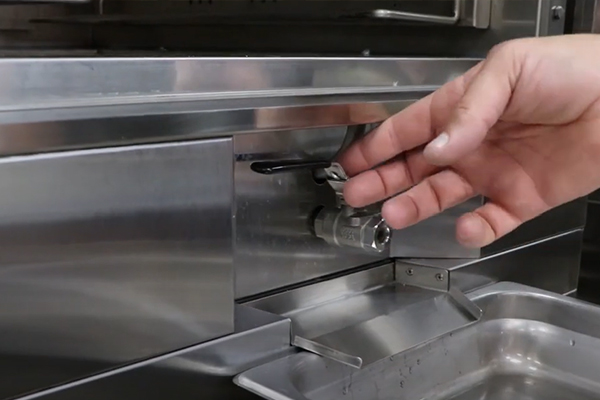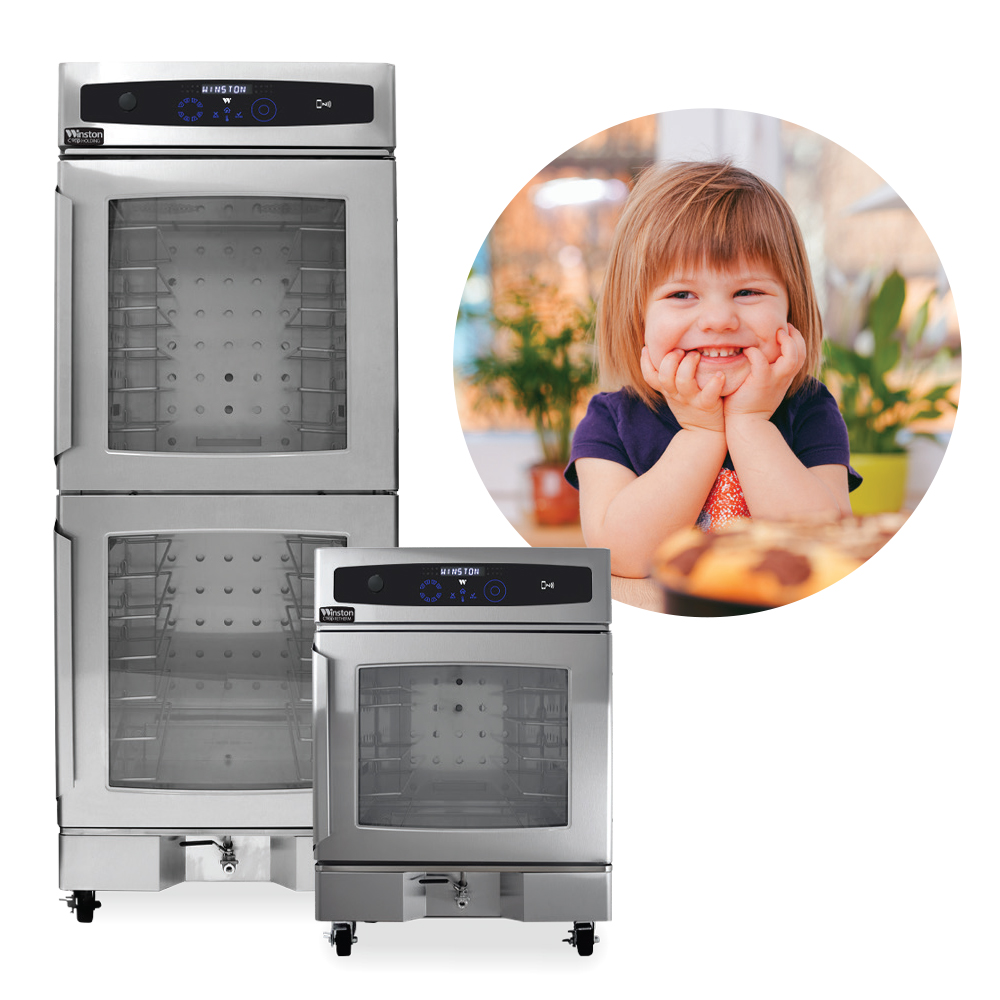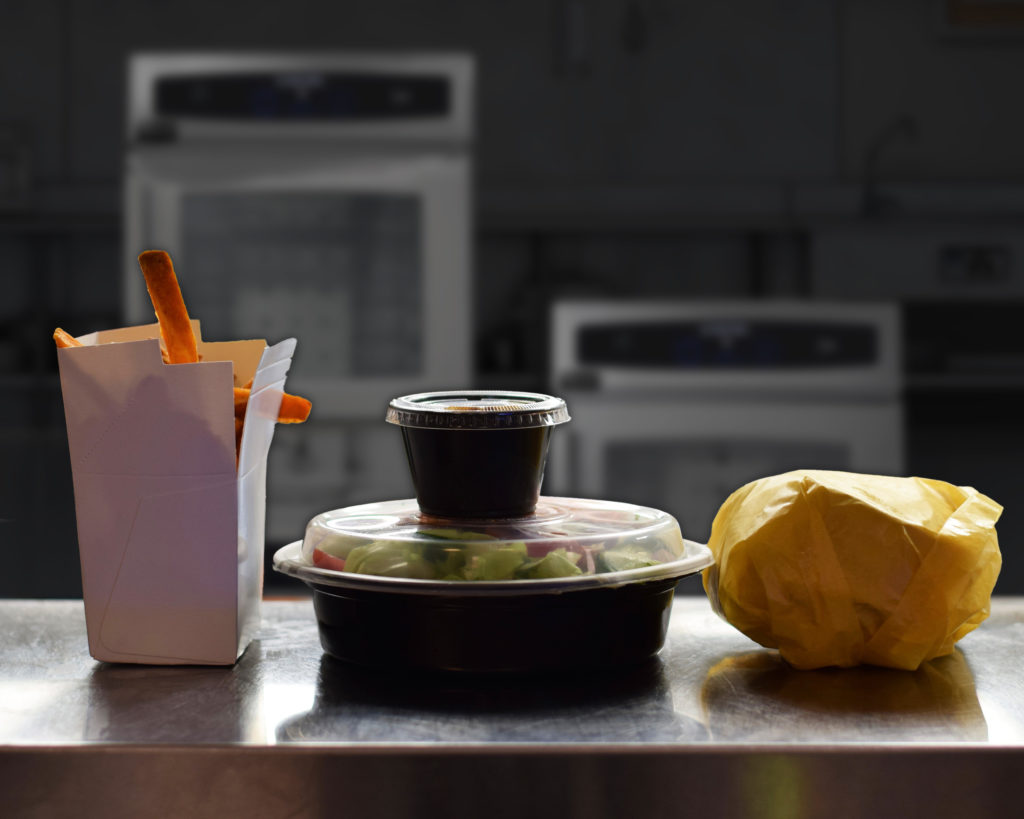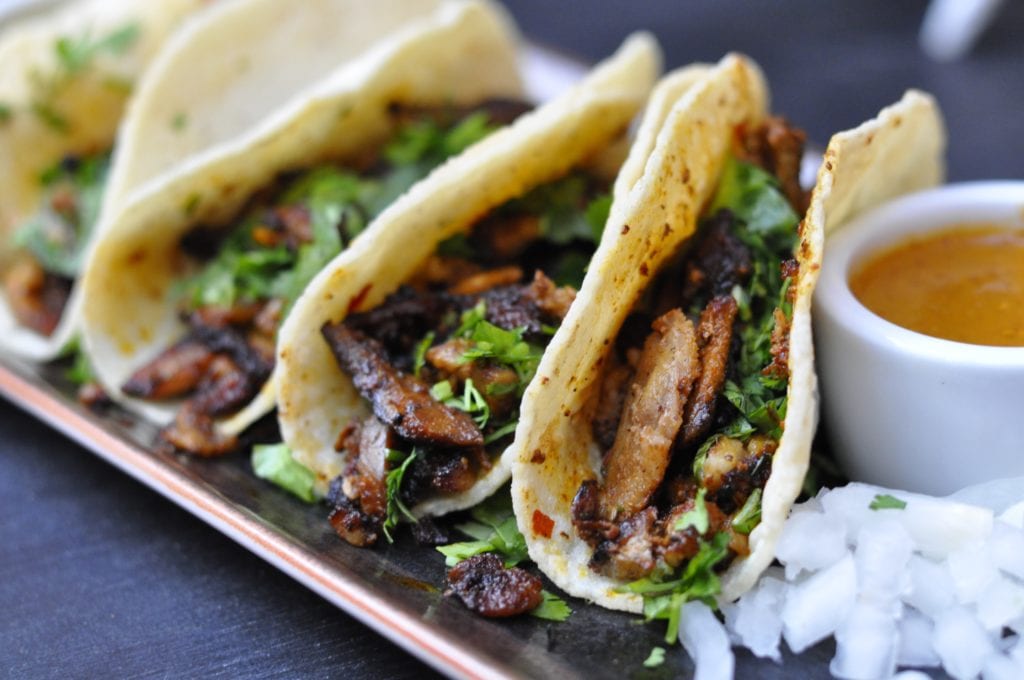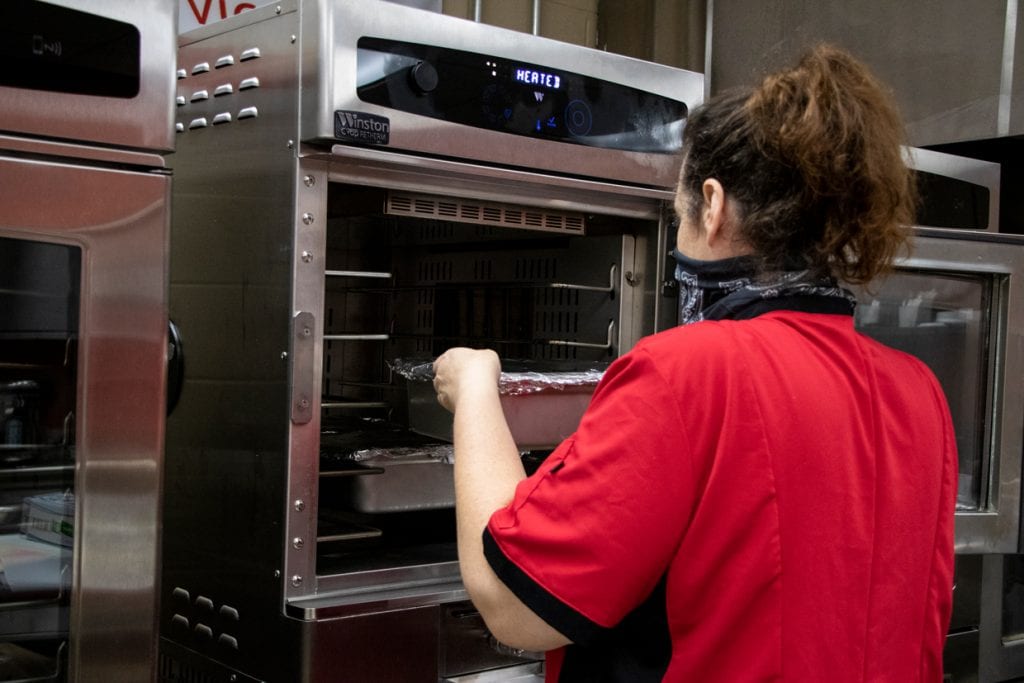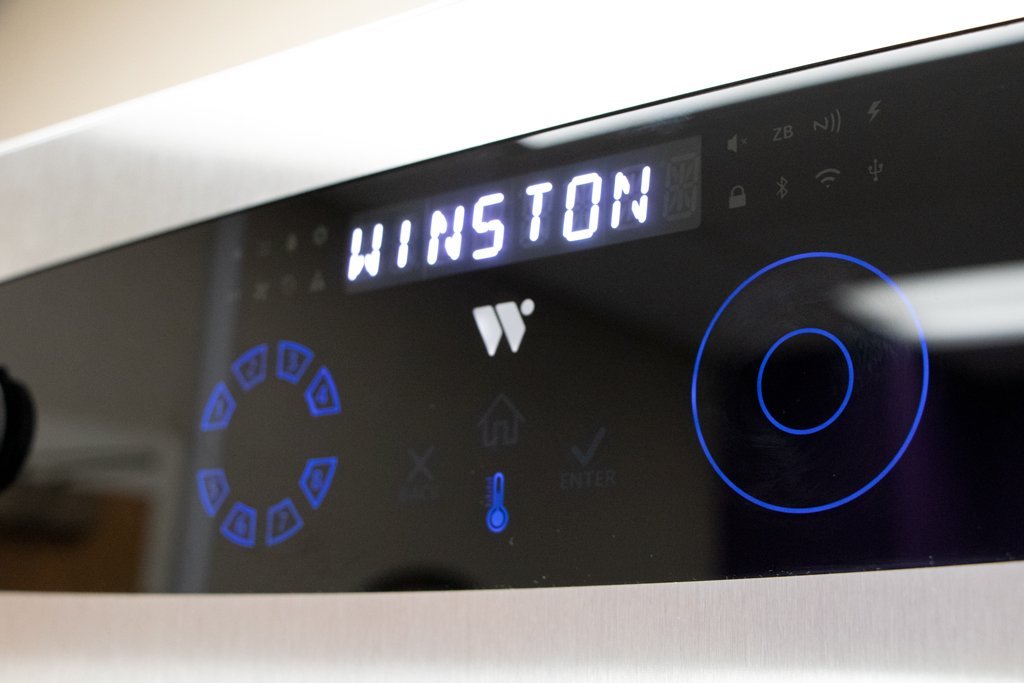Top 5 Warming Cabinet Dos and Don’ts in a Commercial Kitchen
Warming cabinets (a.k.a. holding cabinets, hot boxes, etc.) are the secret weapon in many commercial kitchens. They make it possible to keep prepared food at a safe and consistent temperature until it’s ready to be served. Winston’s CVap® Holding Cabinets are the most precise warming cabinets in the foodservice industry. But it’s important to remember […]
Top 5 Warming Cabinet Dos and Don’ts in a Commercial Kitchen Read More »
